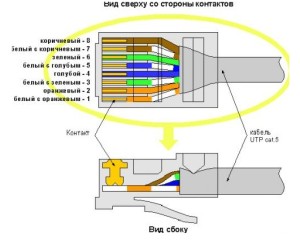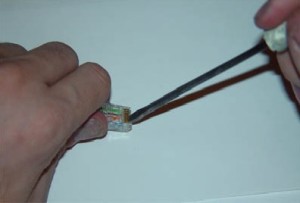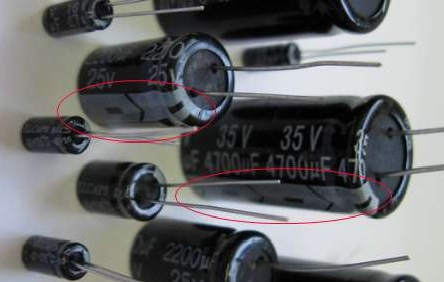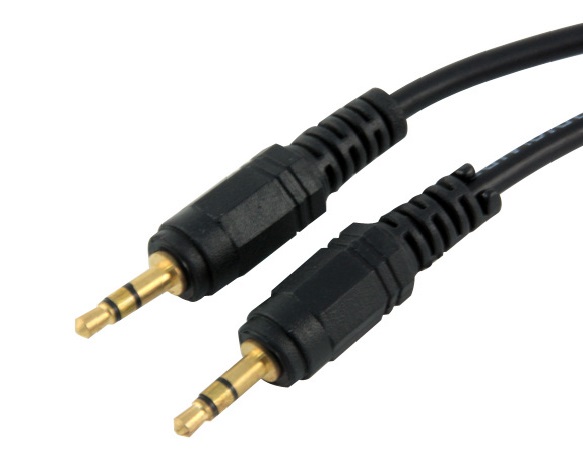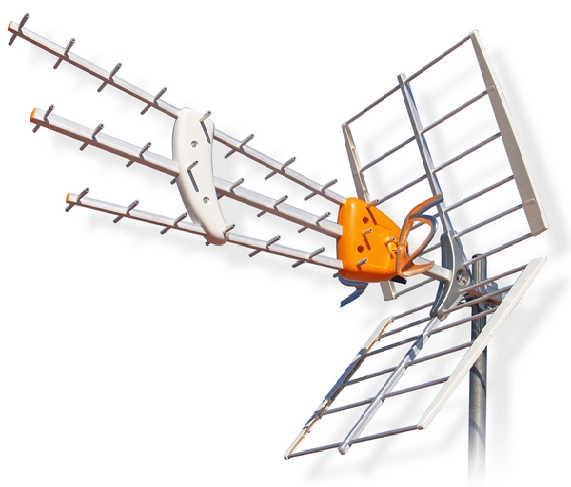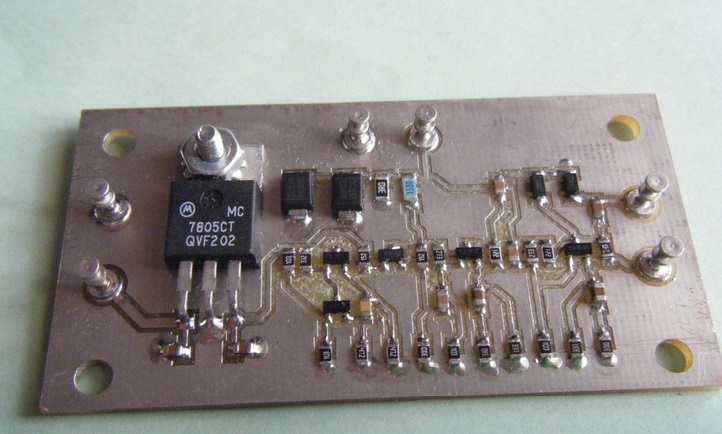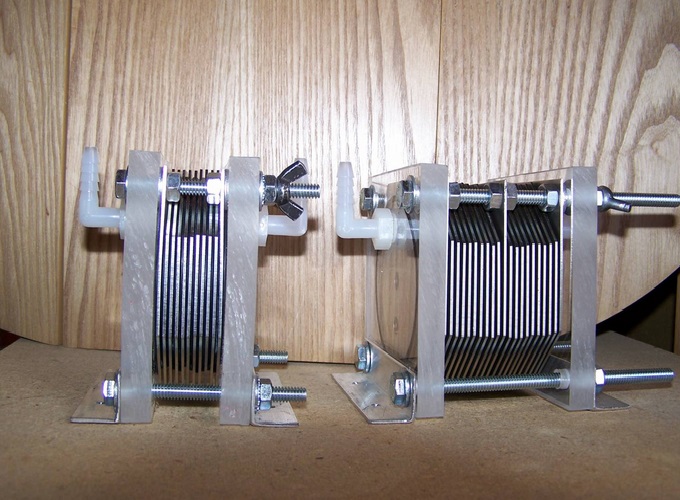Twisted Pair Cable Pinouts: Understanding the T568B Standard
Twisted pair cable pinouts can vary depending on the standard used. The most common standard is T568B.
T568B Color Coding:
- Yellow/Green: Green (Ground)
- Yellow: External Channel (Transmitter)
- Orange: Internal Channel (Receiver)
- White/Green: Green (Ground)
- White: External Channel (Transmitter)
- Red: Internal Channel (Receiver)
Router-Computer Twisted Pair Wiring
The wiring between a router and a computer can differ depending on the router and computer models, as well as the standard used. However, in most cases, the wiring between a router and a computer is as follows:
- Router’s WAN Port: Connection to the Internet provider.
- Router’s LAN Port: Connection to local devices like computers, printers, TVs, etc.
- Computer’s Network Port: Connection to the router via LAN.
For the connection, a twisted pair cable and an RJ45 connector are necessary. The color sequence must be strictly followed according to the used standard (e.g., T568B). Each color in the twisted pair should correspond to the same color in the respective router or computer port.
Note that in some cases, router or computer settings may need adjustment for proper interaction, such as configuring network parameters like IP addresses, subnet masks, gateways, etc.
RJ-45 Crimping Scheme for Straight Cable
Below, you can see the color scheme for crimping an RJ-45 connector:
- White with Orange (WO)
- Orange (O)
- White with Green (WG)
- Blue (B)
- White with Blue (WB)
- Green (G)
- White with Red (WR)
- Red (R)
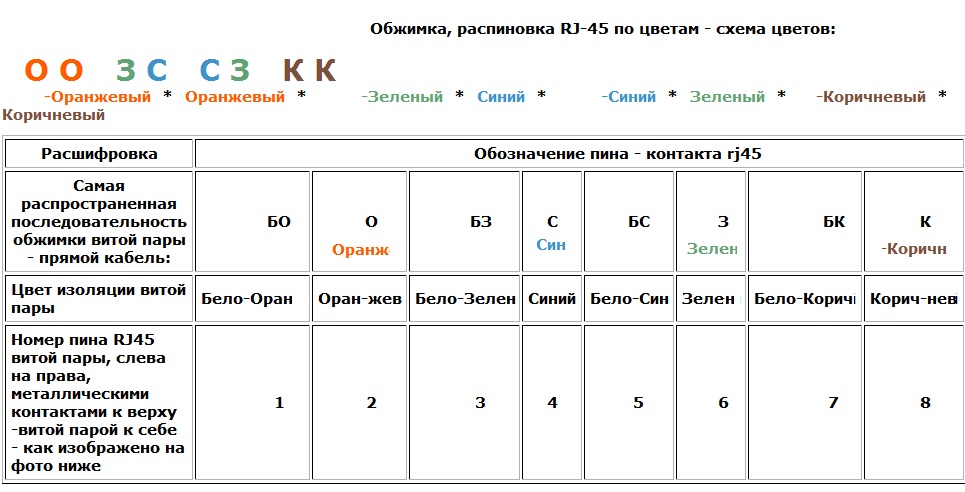
This crimping scheme is for a straight cable used for connections from a computer, TV, receiver to a hub, router, or rack.
Connecting One Network Card to Another
This type of wiring results in a crossover cable, which is used to connect one network card to another, facilitating a high-speed 100-megabit connection. The white-orange and white-green strands should be swapped, as should the orange and green ones.
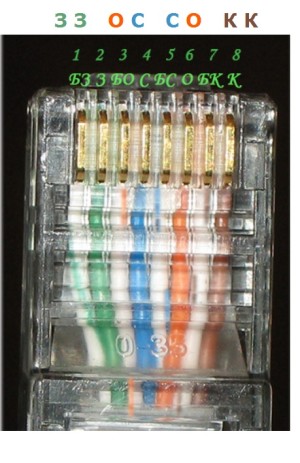
- WG (White with Green).
- G (Green).
- WO (White with Orange).
- B (Blue).
- WB (White with Blue).
- O (Orange).
- WR (White with Red).
- R (Red).
One end of the wire is crimped as shown in the first image, and the other end as shown in the second image. This results in a cable for directly connecting two computers.
Cable for Two Computers
This connection is often used when it is difficult to run a second cable. Such wiring is used for 100-megabit connections, where only half of the pairs are used, namely O-WO and WG-G.
If it is impossible to lay an additional cable, or to save on costs, sometimes the remaining wires are used, allowing one cable to serve two PCs.
Wiring for a Gigabit Network
For a gigabit connection, all wires of the twisted pair are used. One side of the cable is crimped as shown in the first image, and the other side in the following order:
- WG (White with Green).
- G (Green).
- WO (White with Orange).
- R (Red).
- WR (White with Red).
- O (Orange).
- WB (White with Blue).
- B (Blue).
Once the wiring is completed, it’s recommended to test the cable using a multimeter or a specialized device.
How to Crimp a Twisted Pair Cable with a Screwdriver?
A standard flathead screwdriver will suffice. Additionally, you’ll need RJ45 connectors and a twisted pair cable. First, cut the wire to the required length.
Ensure that the wire does not get too flattened, strip the outer insulation, untwist, and straighten the inner wires as per the required scheme.
The wires should be inserted so that they are visible at the end of the jack. Use the screwdriver to press the jack’s metal contacts to ensure that the wire sheath is penetrated. Avoid deforming the contact areas.
Then, use a wider screwdriver to firmly press the plastic across the jack to secure the wires.
Twisted Pair Cable Color Coding Video Tutorial
Learn more about twisted pair cable color coding and crimping through this video tutorial:
Twisted pair cables are used for data transmission in networks and require strict adherence to color sequence as per the standard used. If the colors do not match at each end of the cable, data may not be transmitted or may be transmitted with errors.
To ensure quality and reliable data transmission, twisted pair cables should also be protected from interferences like electromagnetic interference, noise, etc. This can be achieved using cable shielding or installing interference filters.

